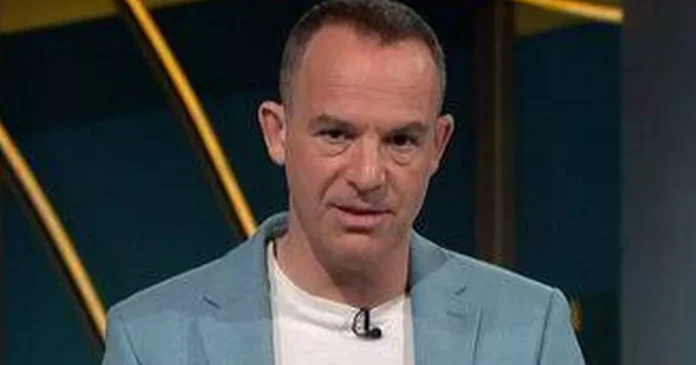Martin Lewis has busted myths surrounding cash ISAs following the start of the new tax year. The MoneySavingExpert.com founder explained how a cash ISA is just a savings account where you don’t pay interest on the savings interest you make.
You can deposit £20,000 into an ISA account every tax year, which runs from April 5 to April 6 the following year. Martin Lewis was answering questions on This Morning today, where he was asked by a viewer if it was normal for a cash ISA amount to have never increased.
He said: “Unless you’re in an absolutely pants cash ISA with a very low interest rate, which if you’ve had it for ten years, you probably are. What you need to do is, you need to get out of that cash ISA. I don’t mean taking your money out of the cash ISA… cash ISA is just a savings account which you don’t pay tax on. Don’t overcomplicate it.“
Martin explained how, like with any savings account, you want to put your money into an ISA with the highest interest rate. You’re not locked into staying with one ISA provider. But unlike normal savings accounts, you can’t just take your money out of an ISA, otherwise you would lose its cash ISA status.
He said: “What you do, go to the new provider, whoever you’re moving to – top variable rate at the moment is Tembo, 4.8%, top big name, Post Office, 4.4% – you go to them… and on the application form it says ‘do you want to transfer any money across?’.
“The new provider moves the money from the old provider for you, so it’s still in the cash ISA status. Do not think your cash ISA is locked into whoever you set it up with.“
Martin also explained how you can open and pay into multiple cash ISAs in the same tax year, as long as you don’t breach your £20,000 allowance. There was a rule change in the 2024 Spring Budget that now allows savers to pay into multiple ISAs of the same type in the same tax year.
As the cost of living crisis continues to cut deep, the Mirror has launched its very own Money WhatsApp community where you’ll get all Martin Lewis’ latest saving tips and money news straight to your phone.
We’ll send you the latest breaking updates and exclusives all directly to your phone. Users must download or already have WhatsApp on their phones to join in.
All you have to do to join is click on this link, select ‘Join Chat’ and you’re in! We may also send you stories from other titles across the Reach group.
We will also treat our community members to special offers, promotions, and adverts from us and our partners. If you don’t like our community, you can check out any time you like. To leave our community click on the name at the top of your screen and choose Exit group. If you’re curious, you can read our Privacy Notice.
Martin said: “You’re allowed to put £20,000 into an ISA per tax year. If you put £20,000 in two weeks ago, before the tax year ended on April 5, you now have another £20,000 and you can put in a different cash ISA. Some people, give years ago put £20,000 in, the next year £20,000, the next year £20,000… you could have them across lots of different cash ISAs.“
Finally, Martin explained how you don’t pay tax on savings – what you pay tax on, is the interest you’ve earned from your savings, but only once you’ve made over a certain amount. If you’re a basic-rate (20%) taxpayer, you can earn £1,000 every tax year in savings interest before you need to pay tax.
The threshold is £500 for higher-rate (40%) taxpayers, while additional rate (45%) taxpayers don’t get any allowance at all. If you have a low income, you can earn more in savings interest before you start to pay tax. There is a £5,000 starting rate which applies if you earn below the personal allowance of £12,570.
When you start to earn above this amount, you lose £1 of your £5,000 starting rate for savings for each £1 you earn above the personal allowance. This means once you start to earn above £17,570, your £5,000 starting rate for savings is effectively wiped out.
At Reach and across our entities we and our partners use information collected through cookies and other identifiers from your device to improve experience on our site, analyse how it is used and to show personalised advertising. You can opt out of the sale or sharing of your data, at any time clicking the “Do Not Sell or Share my Data” button at the bottom of the webpage. Please note that your preferences are browser specific. Use of our website and any of our services represents your acceptance of the use of cookies and consent to the practices described in our Privacy Notice and Cookie Notice.





